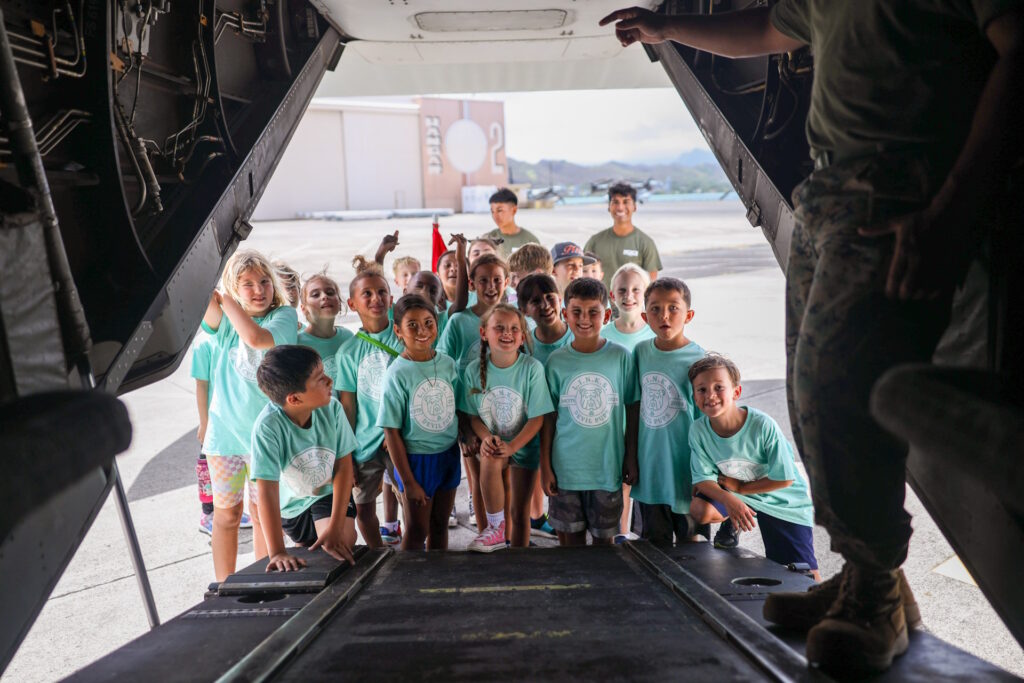“At no period of the naval history of the world, is it probable that marines were more important than during the war of the Revolution.” (Cooper)
On November 10, 1775, the Second Continental Congress meeting in Philadelphia passed a resolution stating that “two Battalions of Marines be raised” for service as landing forces with the fleet.
This resolution, written by John Admas, established the Continental Marines and marked the birth date of the United States Marine Corps.
The historic Tun Tavern, opened in 1686 in Philadelphia, Pennsylvania, stands as a legendary birthplace of American history.
The building once stood as a vital gathering place in early America, where influential leaders convened, lively debate ensued, and the vision of the nation was shaped. (Tun Legacy Foundation)
On November 10, 1775, Robert Mullan, the proprietor of the Tun Tavern and an acquittance of Captain Samuel Nicholas, was commissioned as a first lieutenant of the new force, was commissioned by an act of Congress “to raise the first two battalions of Marines”, under the leadership of Captain Samuel Nicholas, the first appointed Commandant of the Continental Marines.
According to tradition, Tun Tavern was where the Continental Marines held their first recruitment drive. This resulted in the Tun Tavern being acknowledged as the birthplace of the United States Marine Corps. Each year on November 10th, around the world Marines toast the Marine’s birthplace on the most significant date in the history of the Corps. (Tun Tavern)
A Marine is a soldier who serves at sea on a vessel of war either as part of its crew or as part of a military expedition under naval supervision.
At various times a Marine has been called a ‘maritime soldier,’ a ‘sea soldier,’ and a ‘soldier of the ocean.’
In early January 1776, Continental Marines would board her and six other ships and within two months, land and occupy the British island of New Providence in the Bahamas.
In the Continental Marines’ first battle encounter, ships of the Continental Fleet under Esek Hopkins rendezvoused north of Nassau harbor in the early morning hours of Sunday, March 3, 1776.
A short time before noon, 230 Marines and 50 seamen under the command of Marine Captain Samuel Nicholas jumped from longboats into the surf, about two miles east of the fort.
Later, of Washington’s force of about twenty-four hundred men with whom he crossed the Delaware on that momentous Christmas Eve, 1776, more than six hundred were Marines.
In many instances [Marines] preserved the vessels to the country, by suppressing the turbulence of their ill-assorted crews, and the effect of their fire, not only then, but in all the subsequent conflicts, under those circumstances in which it could be resorted to, has usually been singularly creditable to their steadiness and discipline.”
“The history of the navy, even at that early day, as well as in these later times, abounds with instances of the gallantry and self-devotion of this body of soldiers, and we should be unfaithful to our trust, were we not to add, that it also furnishes too many proofs of the forgetfulness of its merits by the country.”
With the Treaty of Paris, ending the American Revolutionary War, and the discharge of Marine Lieutenant Thomas Elwood in September 1783, Continental Marines passed from the scene.
For more than seven years, this small force did its part to achieve final victory against the British, but the years took their toll.
Following the Revolutionary War and the formal re-establishment of the Marine Corps on July 11, 1798, Marines saw action in the quasi-war with France, landed in Santo Domingo, and took part in many operations against the Barbary pirates along the “Shores of Tripoli”.

































